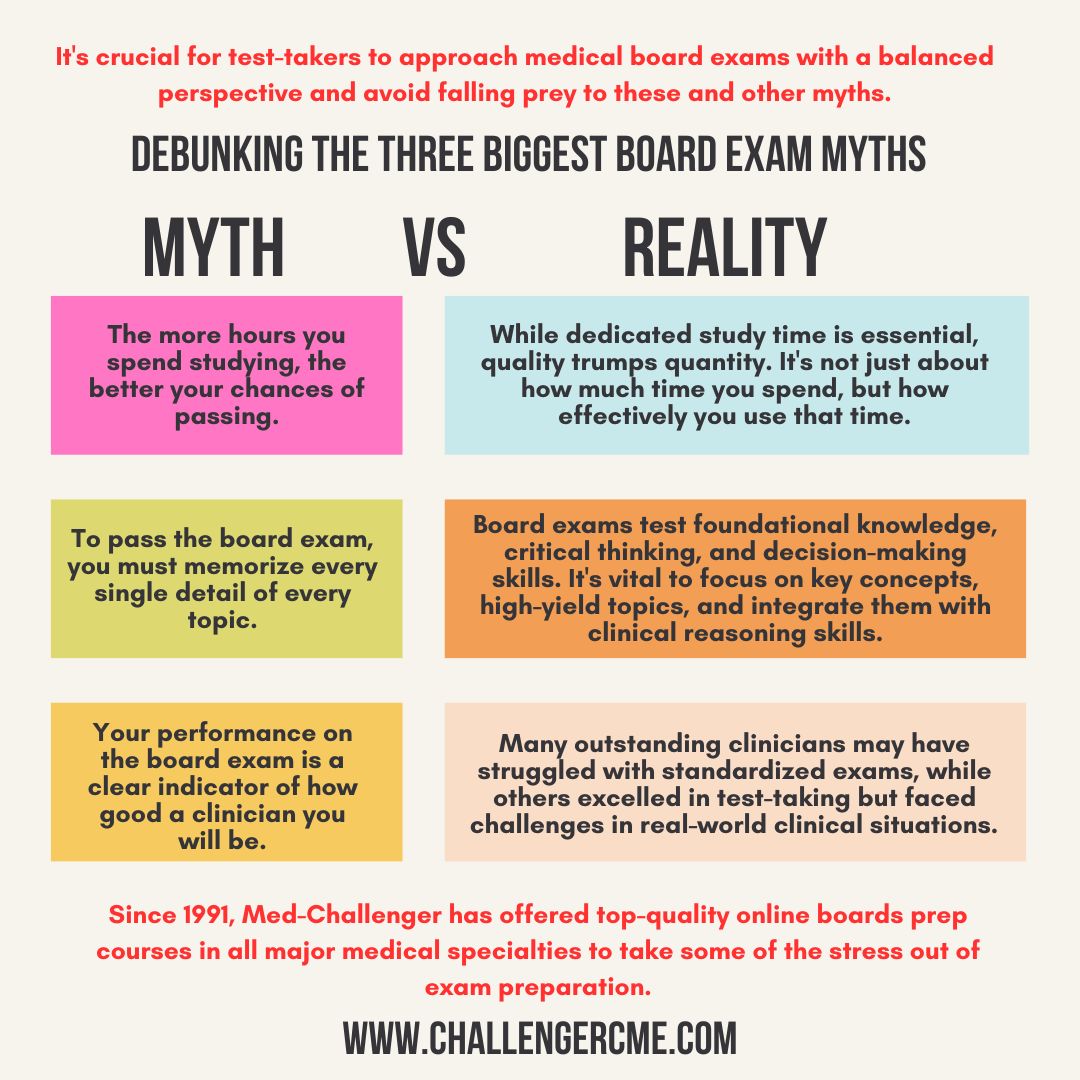The NCCPA PANCE & PANRE: A Comprehensive Guide
Becoming a Physician Assistant
You've been working harder than you've ever worked to succeed in a grueling 2 1/2 year training program to become a physician assistant. Unfortunately, you are not finished — you're not even close.
Your next marching orders if you are to become a PA are:
- Get certified
- Stay certified
To accomplish these goals your mission is to prepare for and successfully pass the Physician Assistant National Certification Exam (PANCE).

The PANCE: An Overview
The key to successfully passing the PANCE is ongoing and progressive review. Instead of passing PA school and then cramming for the PANCE, identify salient topics on the NCCPA blueprint and progressively study those topics. This type of slow-and-steady-wins-the-race approach was very helpful and provided a great deal of space recognition.
The PANCE at a Glance
The first step to becoming a certified Physician Assistant, the PANCE, is crucial for medical professionals entering the field. This computer-based exam is composed of 300 multiple-choice questions, designed to assess the medical and surgical knowledge necessary for certification. It is administered in five blocks, each containing 60 questions to be completed within an hour. The PANCE exam challenges candidates across a comprehensive range of topics.
These topics are divided into two primary categories: first, organ systems and diseases, disorders, and medical assessments related to those systems; second, the knowledge and skills required to manage these medical challenges. The PANCE exam is available year-round through Pearson VUE testing centers across the United States.
PANCE Registration Basics
To embark on the PANCE journey, candidates must first navigate the registration process. This involves submitting an application to the NCCPA (National Commission on Certification of Physician Assistants) and paying an examination fee. Upon receiving a scheduling permit, candidates can choose their exam date and location via the Pearson VUE website. Important considerations during this process include the timing of application submission, which can only occur 90 days before program completion, and the mandatory 7-day waiting period post-graduation for program completion verification.
Candidates are limited to taking the PANCE once within a 90-day period or up to three times a year, highlighting the importance of strategic planning and preparation. Detailed information regarding the exam's content blueprint is available on the NCCPA website, offering invaluable insights into exam preparation.
Pearson Vue 2024 NCCPA Instructions
NCCPA Become Certified Instructions
Content Specifications
The content blueprint for PANCE is based on information provided from certified physician assistants who participate in profession-wide practice analysis studies. Certified PAs are involved throughout the exam development process, including: reviewing results of the practice analysis, writing questions that appear on PANCE, reviewing exams before they are administered, reviewing performance data for exam questions, and developing recommendations for the passing standard. Certified PAs work with NCCPA to continuously review the content included on PANCE to ensure it is relevant and current, as the practice of medicine changes and treatment guidelines are revised or new ones introduced.
| Medical Content Categories | Percent Allocation* |
|---|---|
| Cardiovascular System | 11% |
| Dermatologic System | 4% |
| Endocrine System | 6% |
| Eyes, Ears, Nose, and Throat | 6% |
| Gastrointestinal System/Nutrition | 8% |
| Genitourinary System (Male and Female) | 4% |
| Hematologic System | 5% |
| Infectious Diseases | 7% |
| Musculoskeletal System | 8% |
| Neurologic System | 7% |
| Psychiatry/Behavioral Science | 7% |
| Pulmonary System | 9% |
| Renal System | 5% |
| Reproductive System (Male and Female) | 7% |
| Professional Practice | 6% |
| Task Categories | Percent Allocation* |
|---|---|
| History Taking and Performing Physical Examination | 16% |
| Using Diagnostic and Laboratory Studies | 10% |
| Formulating Most Likely Diagnosis | 18% |
| Managing Patients | |
| Health Maintenance, Patient Education, and Preventive Measures |
11% |
| Clinical Intervention | 16% |
| Pharmaceutical Therapeutics | 15% |
| Applying Basic Scientific Concepts | 8% |
| Professional Practice | 6% |
Understanding Your Score
PANCE scores are presented as scaled scores, a method that accounts for the varying difficulty levels of exam versions. This scoring system ensures fairness, as it adjusts the required percentage of correct answers based on the relative difficulty of the test version each candidate receives. Since 2003, PA graduates have six attempts within six years to pass the exam, reinforcing the high standards maintained by the NCCPA for certification.
PANCE Pass Rates

The PANRE: Maintaining Your Certification
For certified Physician Assistants, the PANRE (Physician Assistant National Recertifying Exam) serves as a necessary step to maintain certification. This exam, also administered at Pearson VUE Testing Centers, consists of 240 multiple-choice questions divided into four blocks. Similar to the PANCE, the PANRE allows for specialization, with candidates given the option to focus 40% of the exam on adult medicine, surgery, or primary care, tailoring the exam to better reflect their area of practice.


